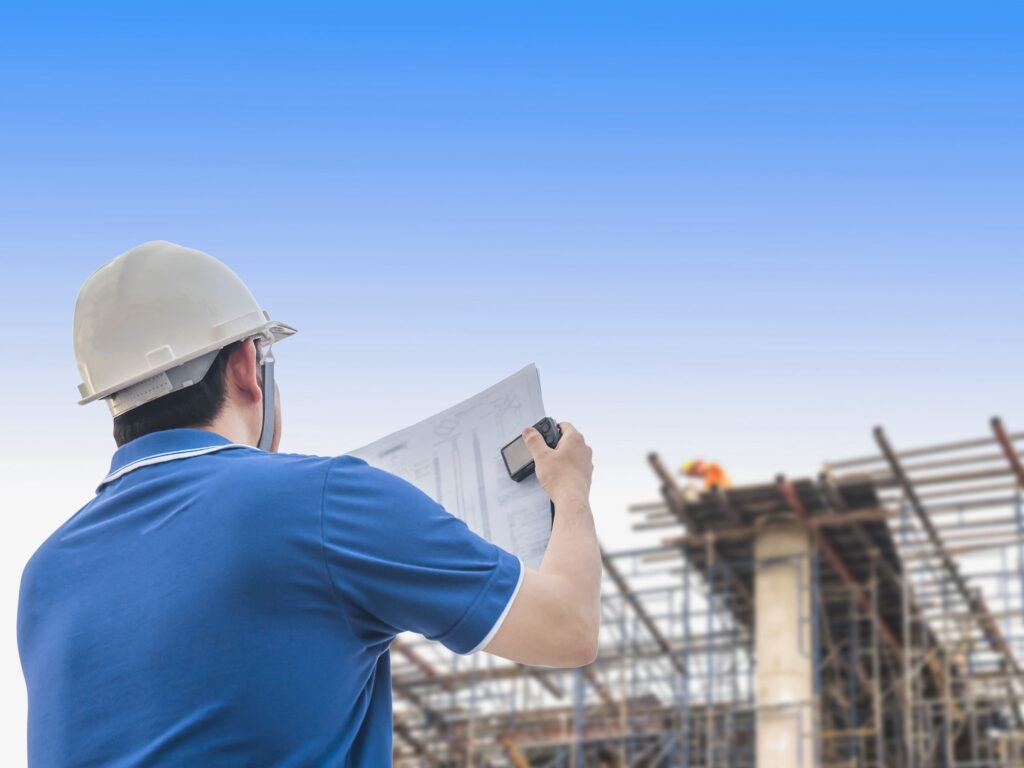Construction Permits in Indonesia: Reap the Benefits of a Construction Permit
Understanding Construction Permits
A construction permit is a mandatory document required for any individual or business entity intending to undertake physical construction activities in Indonesia. This permit serves as legal proof that the construction project adheres to safety standards, quality requirements, and applicable regulations.Types of Construction Permits
The types of construction permits in Indonesia can vary depending on the scale of the project, location, and type of building. Some common types include:- IMB (Building Permit): This permit is required for anyone who intends to build a new structure, whether it’s a residential house, office building, or other type of building.
- SIUP (Business License): Necessary for companies involved in the construction business, especially contractors.
- TDP (Company Registration Certificate): Proof of the legal existence of a company.
- NPWP (Taxpayer Identification Number): Required for all taxpayers, including construction companies.
- Environmental Permit: Required for projects that have the potential to impact the environment.
General Requirements for Obtaining a Construction Permit
The specific requirements for obtaining a construction permit can vary depending on the region and type of building. However, the following documents are generally required:- Corporate Documents: Articles of association, bylaws, company NPWP, and other legal documents.
- Project Documents: Building design, technical drawings, and spatial planning.
- Environmental Documents: Environmental impact assessment (AMDAL) or UKL-UPL (Environmental Management Efforts and Environmental Monitoring Efforts) if required.
- Land Ownership Documents: Land certificate or other proof of ownership.
- Temporary IMB (if required): For large-scale projects, a temporary IMB may be required before the final IMB is issued.
Construction Permit Application Process
The process of obtaining a construction permit can vary between regions. However, in general, the following steps are involved:- Consult with an Architect: Consult with an experienced architect for your building design.
- Complete Required Documents: Prepare all necessary documents according to the specified requirements.
- Submit Application: Submit the construction permit application to the local One-Stop Integrated Service for Investment (PMPTSP) office.
- Document Verification: PMPTSP officers will verify the submitted documents.
- Tax and Fee Payment: Pay the required taxes and fees.
- Permit Issuance: If all requirements are met, the construction permit will be issued.
Tips for Obtaining a Construction Permit
- Consult with Experts: Consult with architects, notaries, and legal consultants to ensure a smooth permit process.
- Prepare Complete Documents: Ensure all required documents are complete and accurate.
- Monitor Progress: Regularly monitor the progress of your permit application.
- Comply with Regulations: Adhere to all applicable regulations and provisions throughout the construction process.
Why is a Construction Permit Important?
Construction permits are essential for several reasons:- Legality: Ensures that construction activities are conducted legally.
- Safety: Guarantees the safety of the building and the surrounding environment.
- Quality: Ensures that the building meets quality standards.
- Urban Planning: Ensures that development aligns with the regional spatial plan.
Still confused about Construction Permit?
Click the tombol on the right to Ask the Documenta Team











